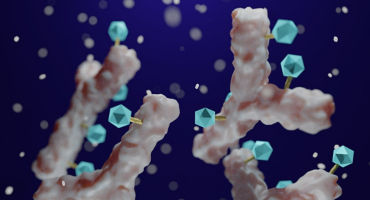Wide moat
Moats, long seen as synonymous with durability, are often misjudged, and overestimating the frequency of winner-takes-all markets was a common fallacy during the latest bubble. The five sources of moat — switching costs, intellectual property (IP)/brand assets, network effects, cost advantages, and efficient scale — are relatively rare. Start-ups often pitch innovation as a moat and are surprised when commodification occurs more quickly than expected. The durable start-ups we examined did not fall for this trap, and instead had created wide moats to protect their market share.
Example: One medical device company exemplifies how a moat can be grown and maintained over time. At launch, the company had IP protection around its novel calcium-modification mechanism. Although several of the company’s patents were invalidated post IPO, by then it had established a strong brand and enjoyed a high switching cost (in the form of surgeons’ widespread familiarity with and adoption of the company’s products), which helps protect its moat. In comparison, a diagnostics company believed its broad test panel and data repository represented a competitive advantage; however, as sequencing costs continued to drop following a reverse Moore’s Law trend, those “unique” assets held by the company quickly became table stakes and the company’s offering became commoditized.
Value creation, not value capture
Every industry can increase its overall profit pool by raising prices or lowering costs. This is value creation. Value capture, on the other hand, refers to how a profit pool is divided along the value chain and among competitors. Durable companies often contribute to industry value creation.
Example: By opening new research and diagnostic opportunities through its single-cell and spatial transcriptomics platform for molecular profiling, a genomics company created additional value for customers and expanded the sequencing profit pool. In comparison, a nondurable life-science tools company has an attractive in-line mass spectrometry product but is primarily competing for market share, a more challenging proposition over the long term.























